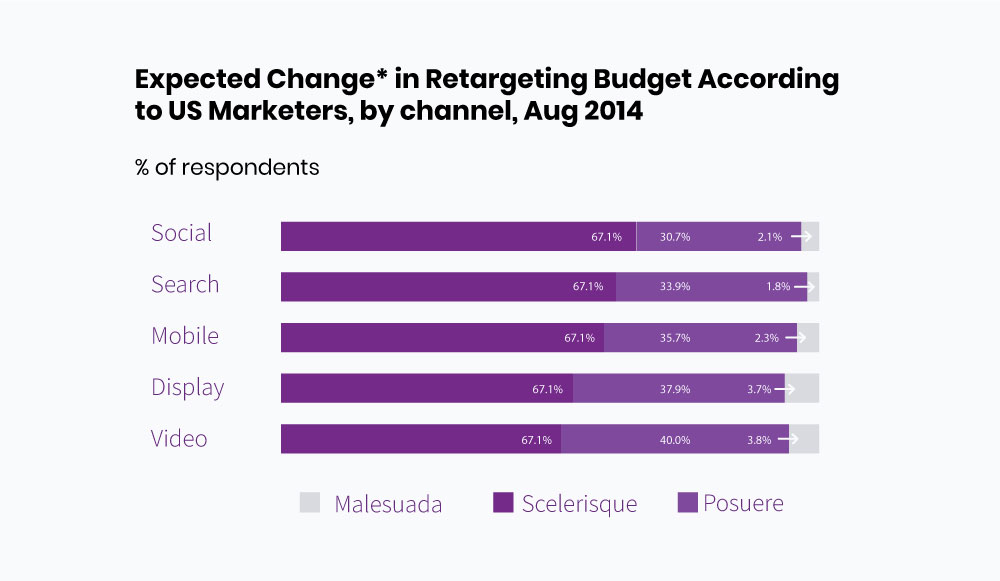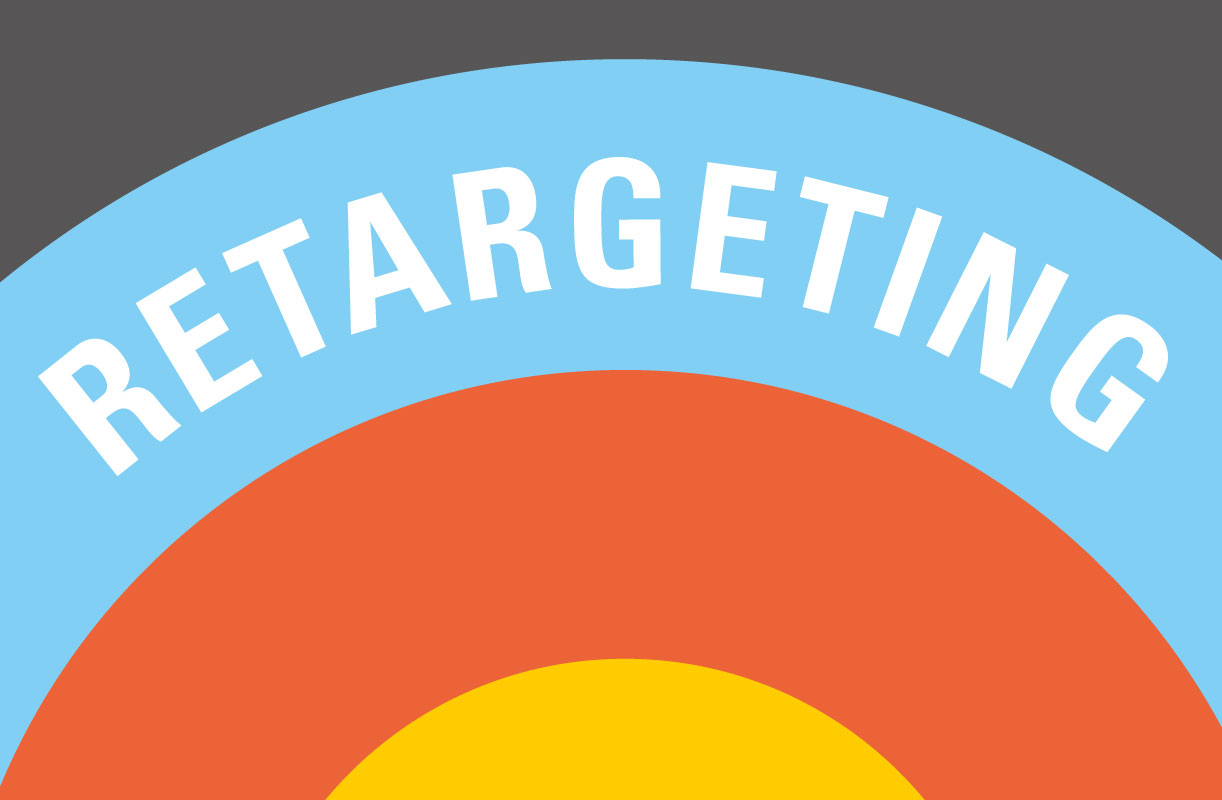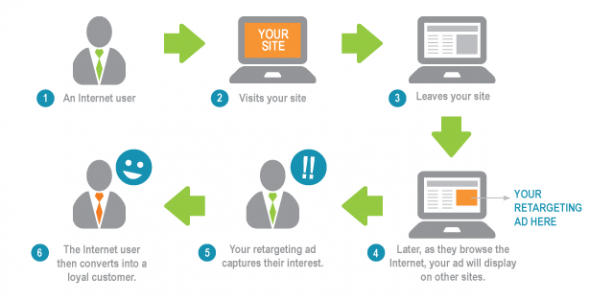Retargeting is one of the most exciting innovations in online marketing in recent years. It has consistently provided a higher ROI than other forms of targeting and is a vital part of almost any advertiser’s toolbox. If you don’t know where to start with retargeting, here’s a quick introduction.
What is Retargeting?
When a user visits a website, opens a promotional email, uses a search engine or almost any other action online, they are showing intent or interest in a topic. Many of these users don’t buy a product or service on the first interaction with an advertiser. Before retargeting, these prospects were often lost forever.
Retargeting is when an advertiser target users who have completed a previous action. This is usually achieved through a cookie being placed on the user’s browser. This cookie signals to ad exchanges that the user is part of a retargeting audience.
Also on TechWyse
Tweaks Worth Getting Right For Your Retargeting Campaign
This Week in Internet Marketing 2014 12 23
What is the Benefit of Retargeting?
The main benefit of retargeting is the repeated exposure to potential customers. This can be used for brand awareness, to draw prospects back into a sales funnel, or to market a new product to previous buyers.
Retargeting campaigns on real-time bidding platforms can reach users on thousands of different websites and apps. It is simple to set up a campaign on a self-service platform, such as Bidable, with a retargeting audience and have the ads show almost anywhere on the internet. This makes retargeting an effective way to advertise to users who have shown an interest in your product.
To gain the most benefit from retargeting, it’s important to build the right sort of audience. Building a list of the people who visited your website could be useful, but a more effective list would only contain visitors who didn’t buy. A separate audience could be built for buyers, which is then used to market different types of products.
What Types Of Retargeting Are There?
There are a number of different types of retargeting. The most common are:
- Site retargeting - A pixel is placed whenever a user visits your website and doesn’t convert into a lead or sale. Ads are shown to these users after they have left your site. Content retargeting is similar, but a pixel only drops on a specific piece of content, rather than the whole site.
- Email retargeting - Users are retargeted depending on the actions taken on promotional emails. Examples include retargeting users who open your emails or those who clicked a link, but didn’t buy.
- Search retargeting - This type of retargeting serves ads to users who have searched for specific keywords on search engines. Unlike site and email retargeting, these users may have had no previous contact with your company.
- CRM retargeting - This is retargeting based on a list of prospects or clients. It is usually achieved using email addresses or phone numbers.
Besides the type of retargeting, advertisers can use a variety of creative formats for retargeting. According to research, social and search retargeting are growing the fastest but advertisers can also employ video, mobile, display and other types of creative assets.

Conclusion
Retargeting is a flexible and highly effective way to increase sales and reduce the cost of generating leads. Users in retargeting audience are already qualified prospects, which can dramatically increase response rates from online advertising.






